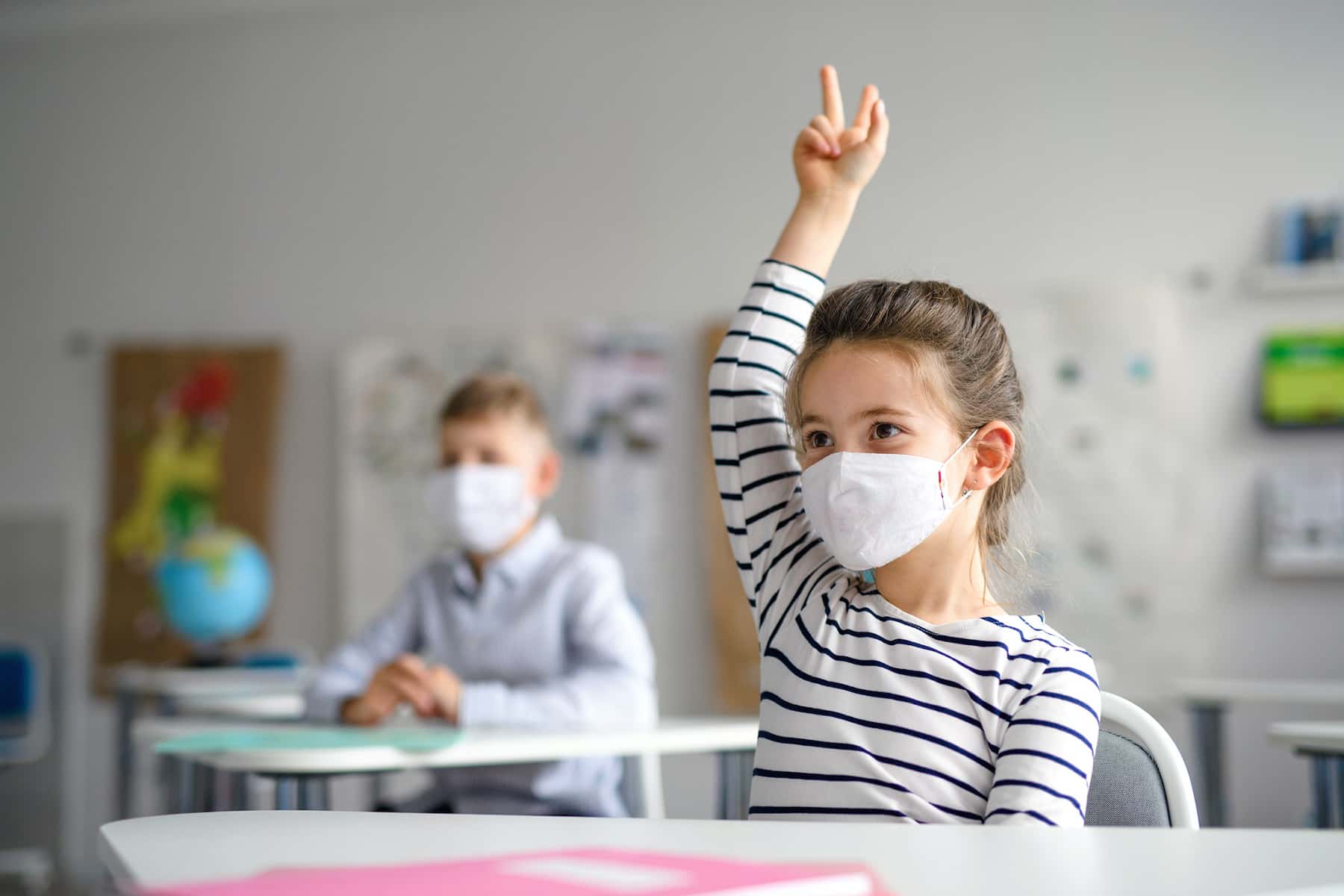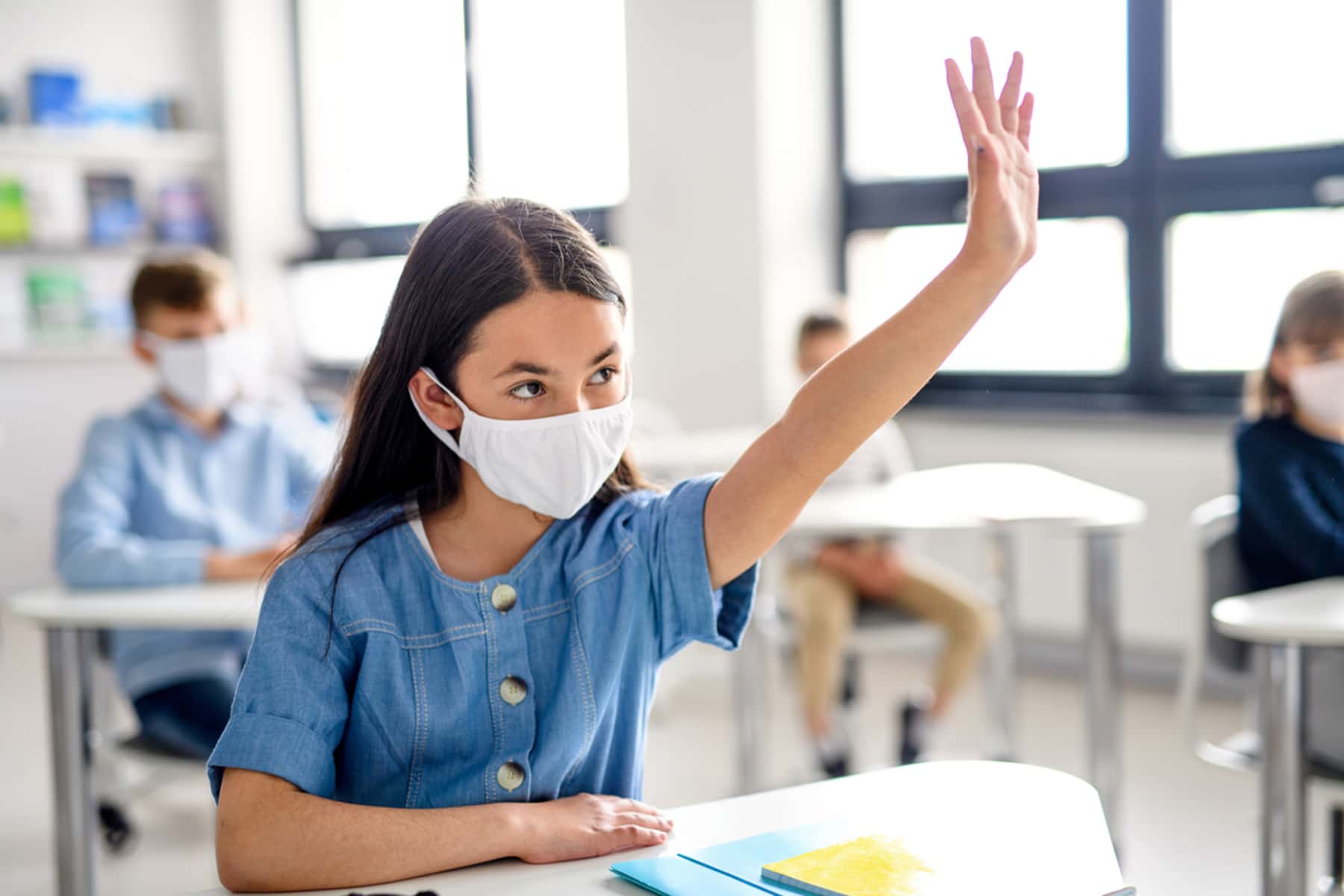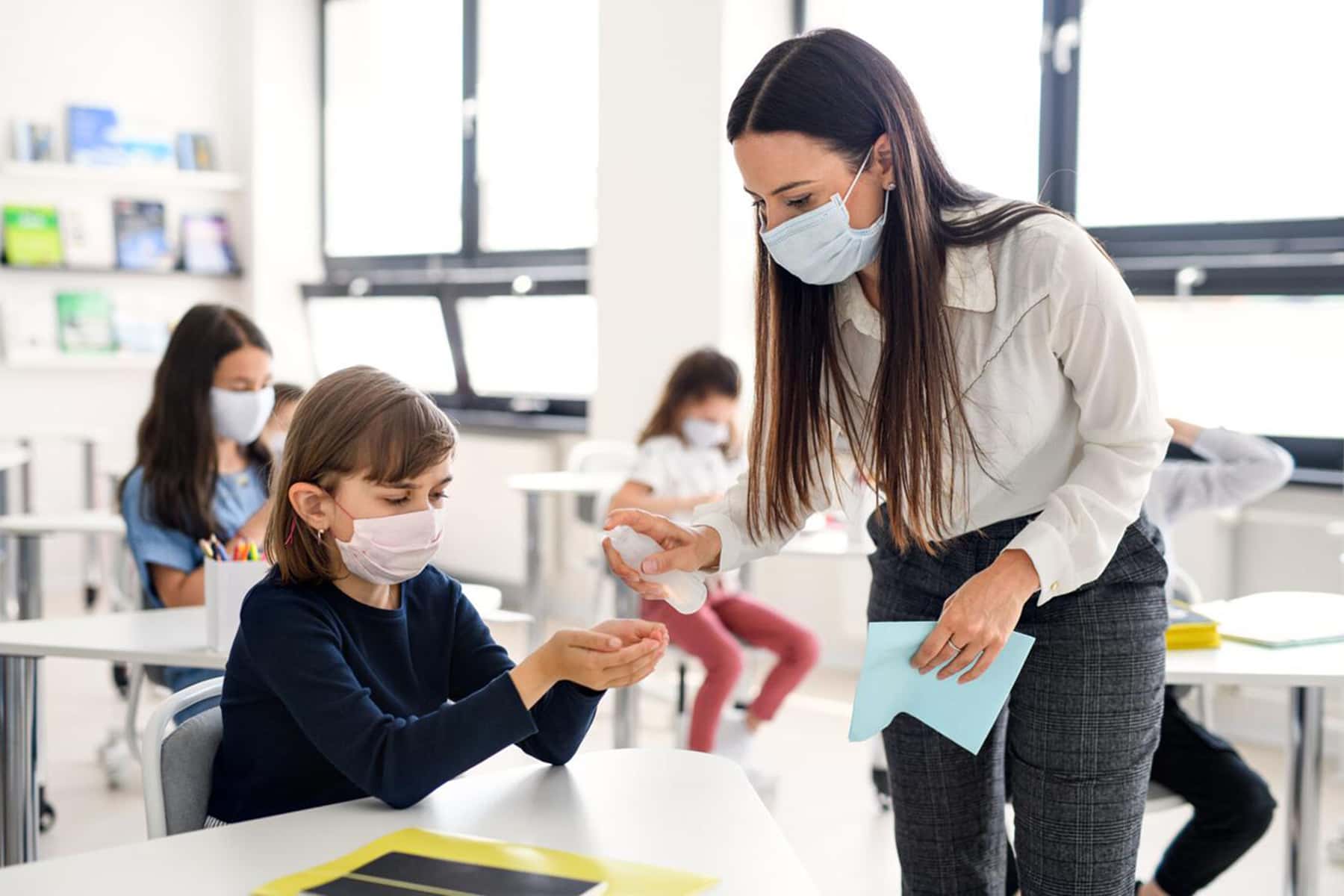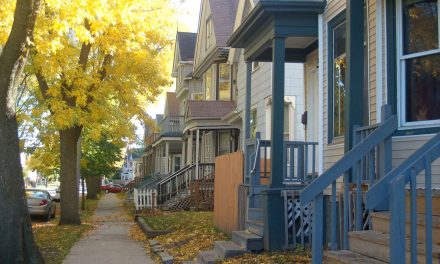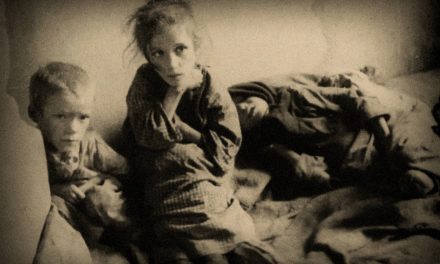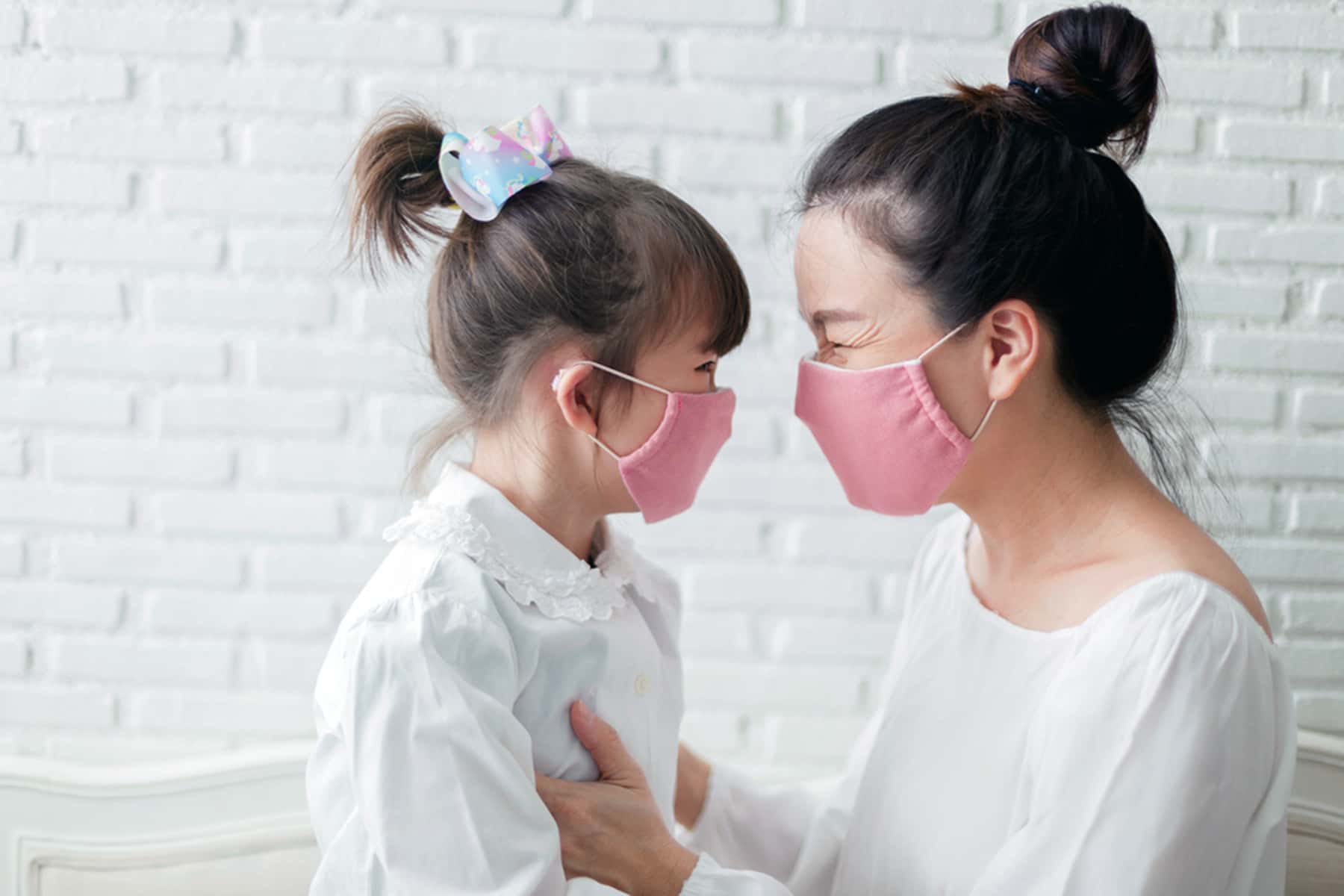
The Albert family in Mequon is exactly half-vaccinated. Parents John and Kathlyn, a doctor and an instructor of nursing at Marquette, got their shots early in the year. Their 13-year-old son Landon got his first dose of the Pfizer vaccine right when it was approved for ages 12 to 15 in May. But their three younger kids, Kira, Liam, and Brynn, ages 11, 8, and 6, can’t get the shot yet.
It has left the family in a bit of a limbo. With disease levels down and more places opening up, they’ve been able to get back to some summer activities, like Kiran’s softball league and trips to the local pool and the library.
“We are just trying to do as many things as outdoor as possible,” said Kathlyn.
With vaccines now widely available, many Wisconsinites have been able to make summer plans more like the ones they did before the pandemic — they can travel to see family, join sports leagues and hold birthday parties. But for families with members who can’t get the vaccine, it can be tricky to understand what’s safe — and to navigate spaces where so many people have let their guard down.
The recommended precautions for children who are too young to be vaccinated, or people with medical conditions that mean they cannot get vaccinated or that vaccines might not provide the same level of protection, are in line with what was recommended for everyone before vaccines became widely available — masking, social distancing, gathering outside when possible and having a protocol in place if someone shows COVID-19 symptoms.
“We know all this,” said Dr. Laura Cassidy, an epidemiologist at the Medical College of Wisconsin. “These poor kids are just going to have to do this a little longer than some of us — but we should all support the children in that.”
Although vaccinated adults can drop their masks, Cassidy said those who are around unvaccinated kids may want to keep them on to set an example.
“You want the kids to feel part of the family. It’s sort of setting an example of, ‘Look, we’re all in this together, we’ll do it together,'” she said.
When it comes to traveling, she said, driving trips usually allow for less risk than flying. That guided the Alberts’ thinking as they pushed off an international trip.
“That is one thing we haven’t been able to do,” said Kathlyn. “My husband’s parents still live in India and some extended family — we’ve been trying to go every couple years, and it’s been two years this summer.”
The kids have still been able to see cousins — Kathlyn’s family lives in Wisconsin, and with the adults vaccinated, they’ve been able to gather for some of the milestones that were harder to celebrate last year, like her mom’s birthday.
“When we got together, the adults usually don’t mask now, but the kids that are unvaccinated still do, like when we were inside to have dessert — that kind of thing,” she said.
The precautions families have been able to take are also rooted in how they’ve experienced the pandemic so far, says Sannisha Dale, a professor of psychology at the University of Miami. Some had less access to health care, underlying medical conditions and fewer resources to take time off for emergency child care or cope with reduced hours or layoffs at work. COVID-19 fell heaviest on low-income families and families of color, who disproportionately lost loved ones and also jobs and homes.
“When we use the word normal, it is invalidating because it’s saying that we can return to what was,” she said. “For people who have experienced a lot of trauma and a lot of losses, there is no return to what was — it’s trying to forge ahead.”
Dale has studied and worked with families affected by the trauma of another deadly disease, HIV. As COVID-19 restrictions lift and vaccinated people happily set aside some of the precautions of the last year, she said it can leave unvaccinated people out and potentially put them at greater risk.
“It’s about something that we have struggled to center throughout this pandemic, in that it is ‘us,’ not ‘I,'” she said. “Until the entire ‘us’ is at a level of herd immunity and protection, we really should still be operating like this pandemic is here, and it could really harm our communities further.”
Both Dale and Cassidy talk about striking a balance between what unvaccinated children need — emotionally, physically and socially — and their risk of contracting COVID-19.
“We can think about, what is there to mitigate the risk without taking away the end goal of what people want in terms of connection or activities. It’s thinking about, ‘How do I bring down the risk?’” said Dale. “Are there adjustments that could be made where I would still get the feeling and the fulfillment that I want from it, but I would minimize the potential risk to myself or other people that I love?”
However, with disease levels down substantially, the burden falls more heavily on families to weigh the risks and institute their own precautions. Many summer school programs and camps dropped mask requirements and distancing guidelines, even for kids too young to get their COVID-19 shots.
The COVID-19 vaccine is expected to be approved for children under 12 sometime in the fall. The three Albert kids who aren’t yet eligible are eagerly waiting their turn. With a doctor dad and a nurse mom, they get their flu shots every year, so they’re not very needle shy — mostly, they’re excited about the things vaccination will allow them to do.
“I want to get it as soon as I can,” said Kiran. “I think I would feel more comfortable having it in my body to keep me safe.”
Danielle Kaeding
Originally published on Wisconsin Public Radio as More Wisconsin Police Departments Are Adding Social Workers To Respond To Crisis Calls

